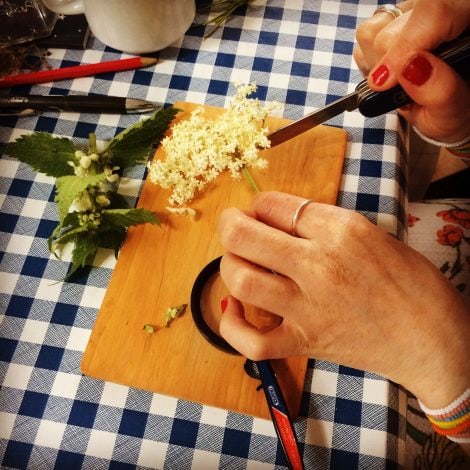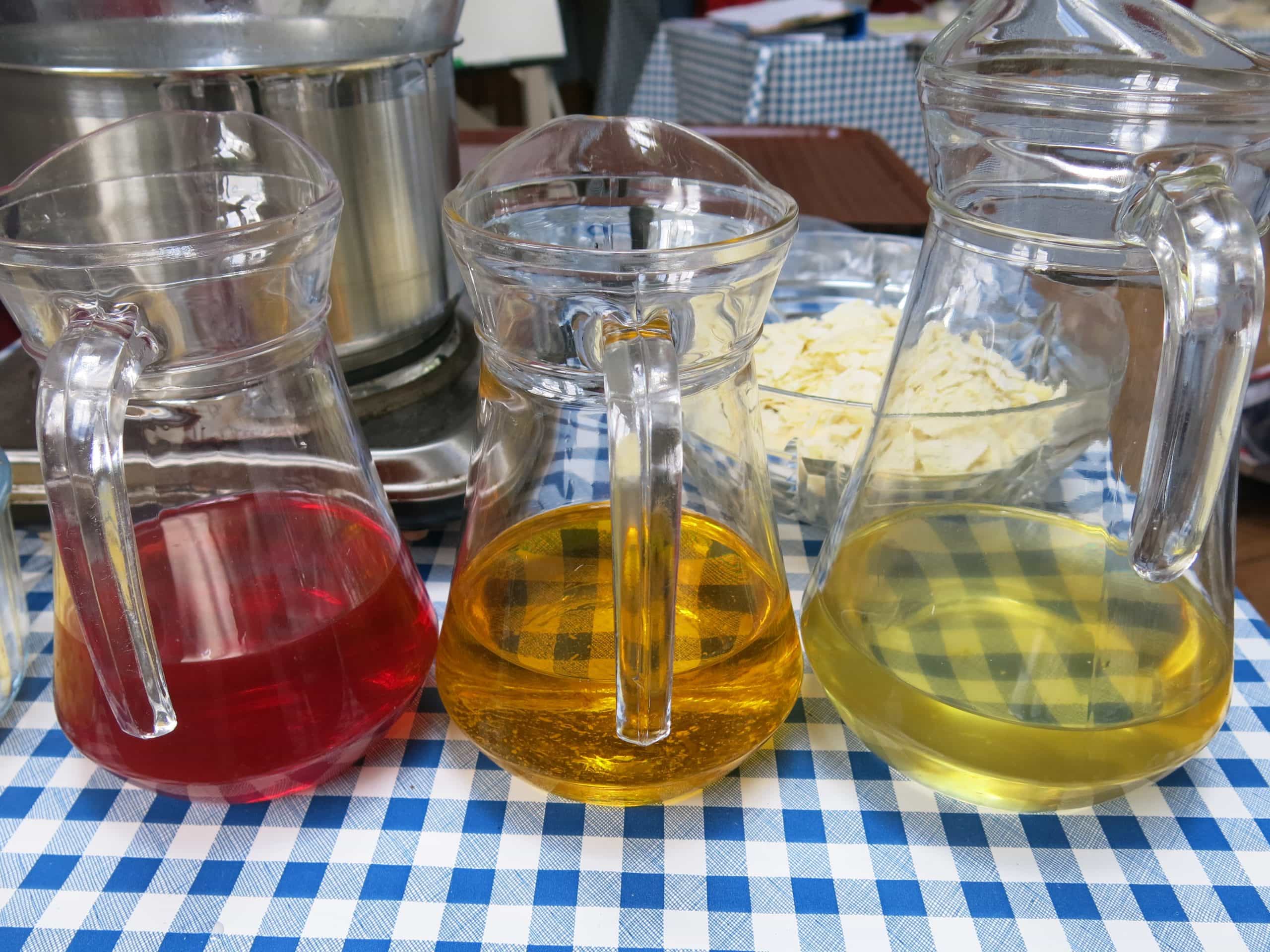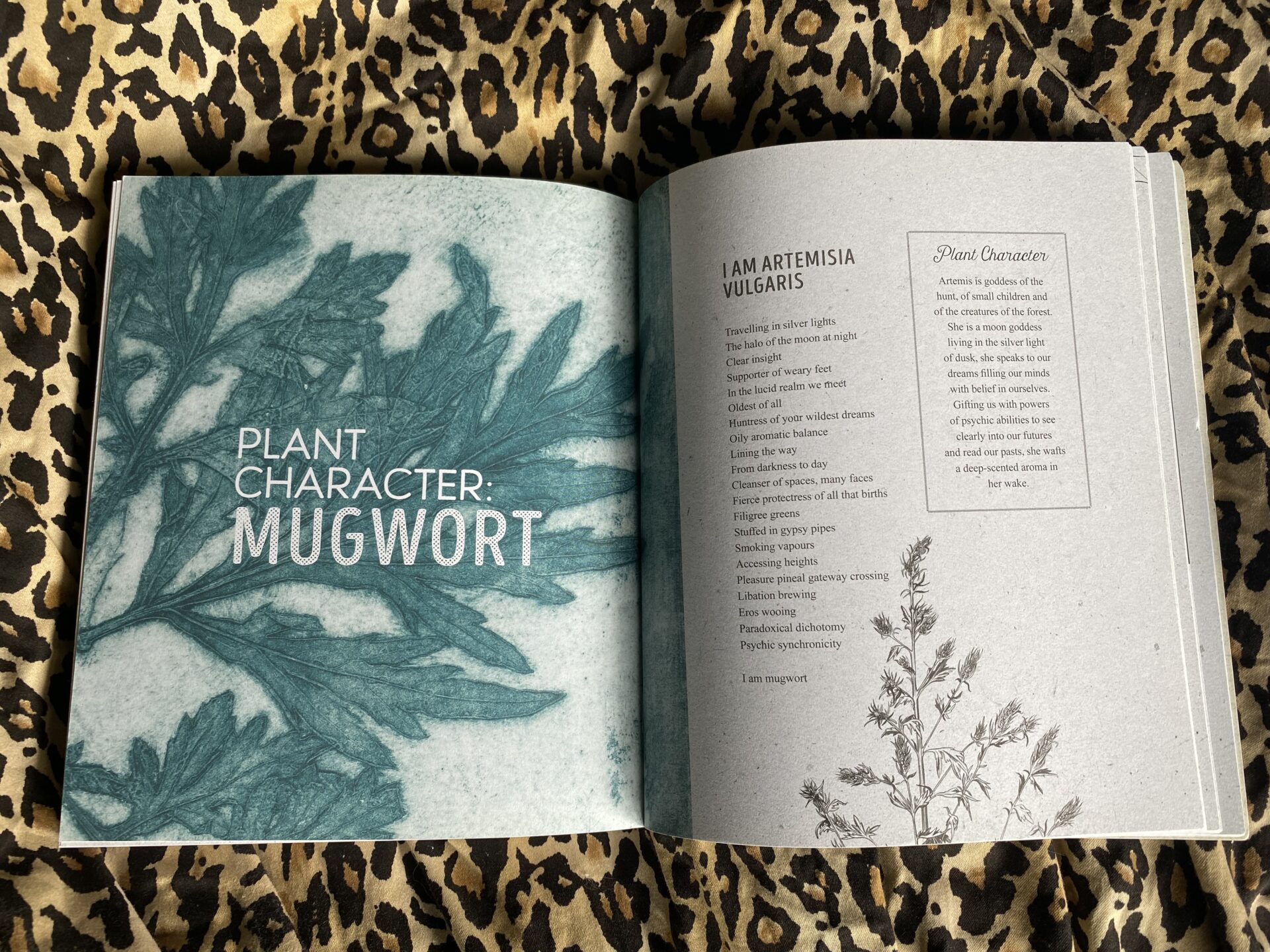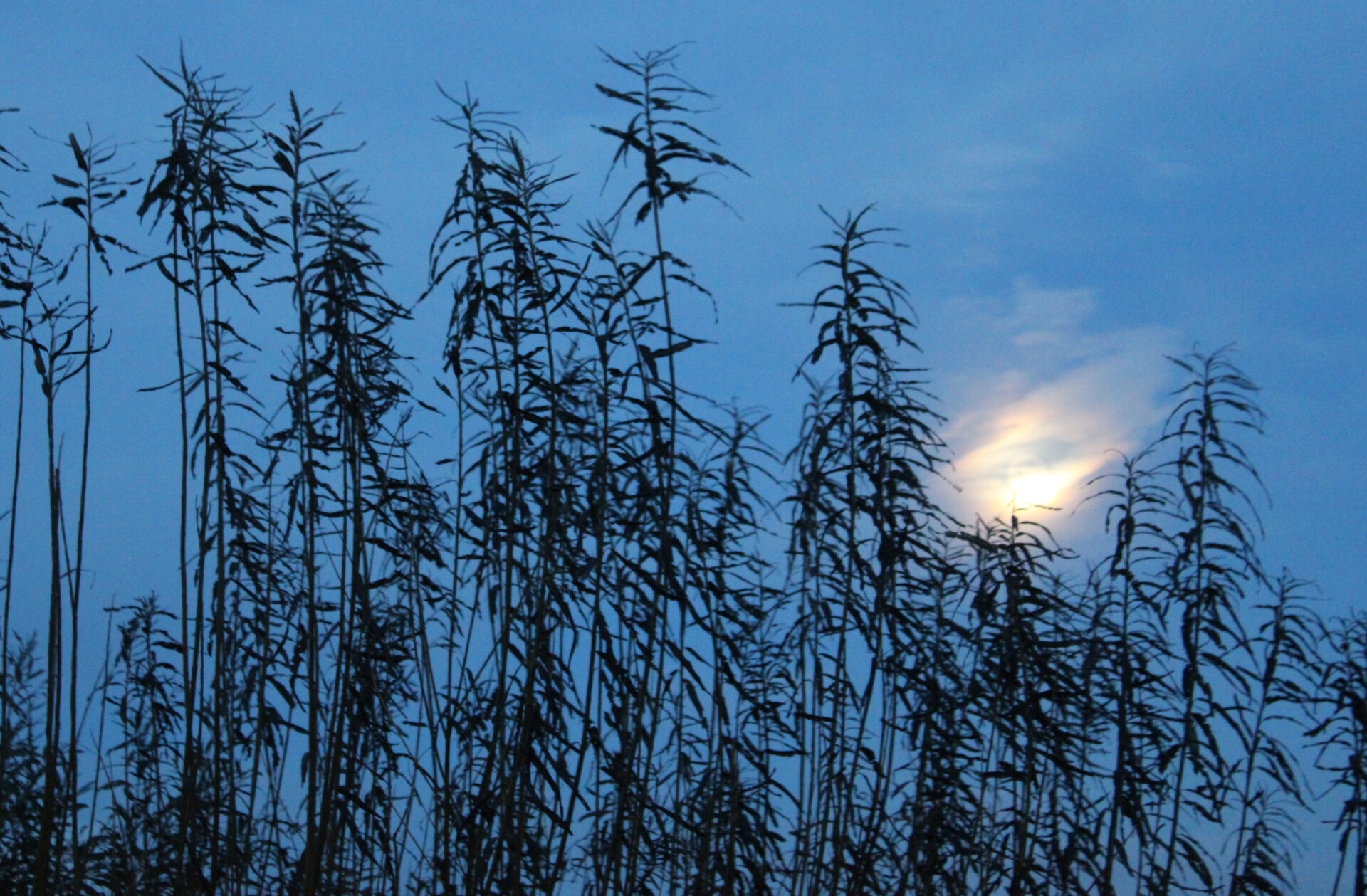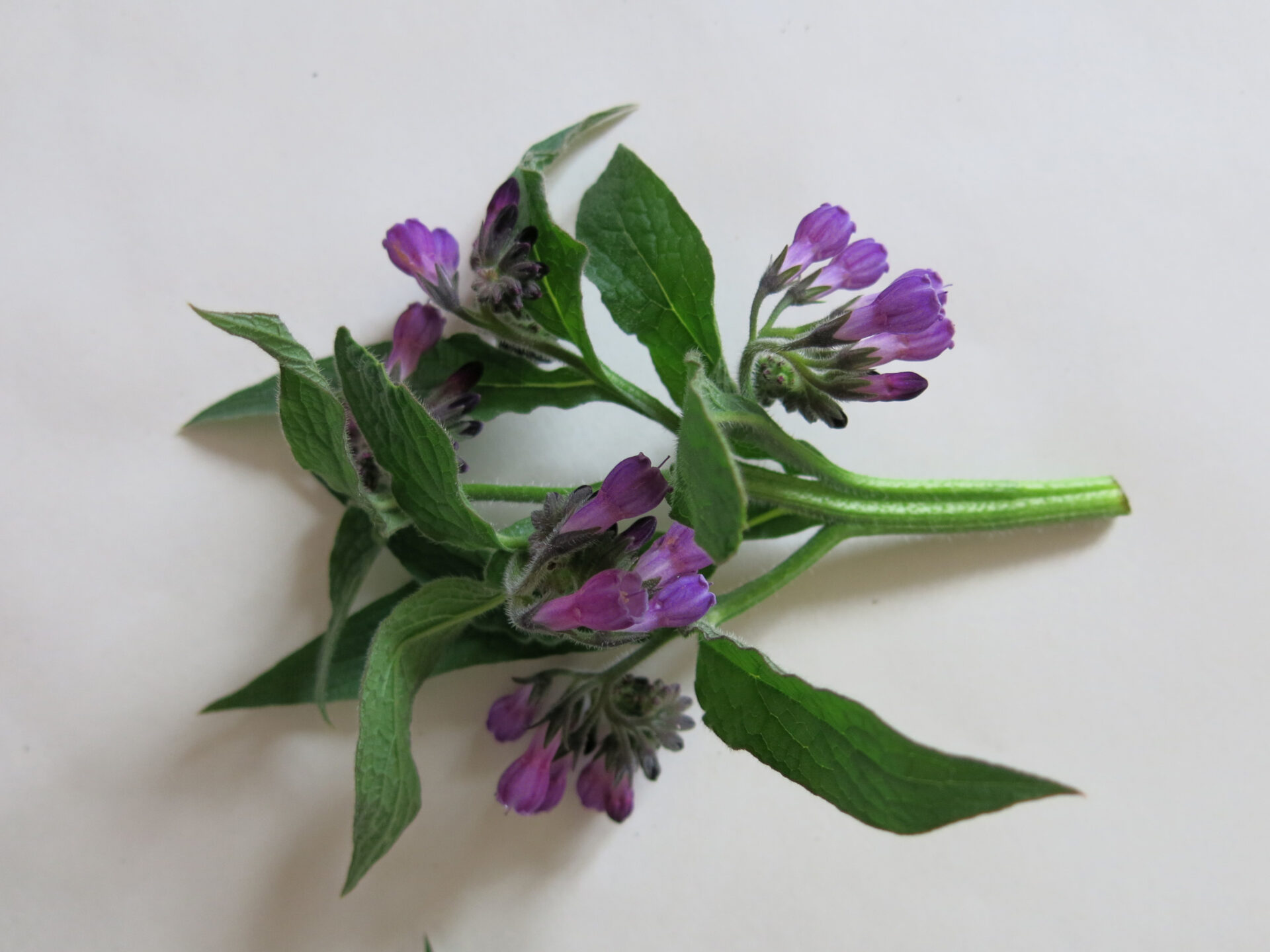Creating Herbal Remedies
We think the important thing about creating herbal remedies, is good preparation and being clear about what and why you are making what you are making. We take tie to choose the right herbs for the actions required and find the best time to pick them. Here, we run through making herbal infused oils using some of our favourite herbs.
We often use the planetary associations of the herbs matched with the days of the week linked with that planet to choose when to harvest (weather permitting!!).
Days of week and Planetary correspondences
Monday – Moon
Tuesday – Mars
Wednesday -Mercury
Thursday -Jupiter
Friday – Venus
Saturday – Saturn
Sunday -Sun
Our favourite Herbal Handcare Cream contains Calendula – a herb of the Sun, Comfrey, a herb of Saturn and lavender, a herb of Mercury. It is created with infused oils of Calendula and Comfrey, avocado oil, water, propolis tincture and lavender essential oil.
These herbs and the propolis are known for their skin soothing and nourishing properties.
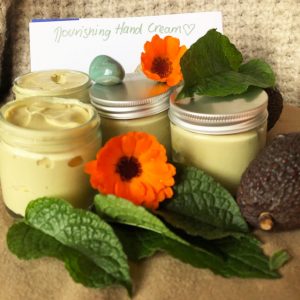
We thought we’d share a little more about making the base ingredients for creams and balms so that you can get started yourselves…
Healing Elemental Oils
We love infusing herbs in oils! And we LOVE to create a lovely range of remedies including medicinal creams, ointments, rubs, lip balms, ear drops and skin oils.
The balms and oils can be applied for various ailments. These include: eczema, cuts, scrapes, ear infections, cold sores, chapped lips, aching muscles, arthritis, baba’s bottoms and many more.
The Creative Process
We gather the herbs on a sunny day then dry them. This is to remove any excess moisture before infusing in organic almond oil. The infusing oil is either placed in the earth, buried in the soil or left in the sunlight, such as on a window sill. Sometimes, we create a hot oil infusion depending on which herb we are using and for what purpose.
Earth Energy
Burial of earthenware is a traditional method of herb oil maceration. The cooling properties of the earth’s energies become imparted into the healing oils.
We have experimented with this method and had great results.
We collect the plants for maceration at full moon and dry them out for two weeks until the next new moon when the sealed bottles are buried. At the time of the new moon the earth’s energy has retreated underground. In burying the oils at this time the plants become energised with the strong, grounding earth element.
The infusions are then left buried for at least one lunar cycle then dug up and strained. Our herbs of choice for this are plantain and comfrey (although we also make a hot oil infusion of comfrey too)– for use where we are looking for an especially cooling effect in the body.
Sun Energy
The expansive, warm, creative sun energy suits some plants better.
These herbs, such as St. John’s Wort are harvested at the around the summer solstice (when solar power is at its strongest) and macerated in oil on June 21st.
The infused herbs are left to macerate in sunlight (e.g. on a sunny windowsill) to gather the rays for a further three months, or even longer. We had some St. John’s Wort infusing in oil for over one year which became darker and darker red.
Note: St. Johns wort oil does not turn red if buried.
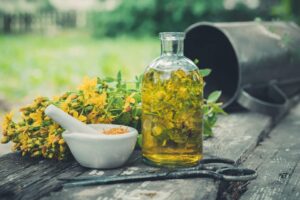
Some of our favourite infused oils are:
Heather (Moon), Lemon Balm (Moon), Lavender (Mercury), Mullein (Saturn), Plantain (Saturn), Comfrey (Saturn), Calendula (Sun)
Hypericum (Sun), Horseradish (Mars)
We then combine these herbal infused oils depending on the preparation we are creating like our Ache Ease Balm, Healing Balm or Protection from Blood suckers Balm.
St. John’s Wort/Hypericum infused oil
Also known as the balm of warriors, St. John’s Wort is reputed as a healing agent with specific action as an anti-viral.
When the doctrine of signatures was the dominant method of determining the action of a plant it was noticed that the leaves have tiny perforations throughout and that the oil turns blood-red on maceration. This was taken to represent its wound healing qualities and has influenced it‘s botanical name, Hypericum perforatum.
After a harvest of the brilliant yellow flowers, your finger tips will be red and sticky. We use Hypericum oil for the base of a lip balm and our Healing Balm.
Hypericum Lip salve
This salve has a delicate pale reddish pink colour to it from the deep red oil
Hypericum or St. John’s Wort has numerous properties. It is an excellent skin healing agent and we use it to reduce the severity of cold sore infections. It can prevent sores if used early enough but will also ease discomfort throughout an attack.
Marigold/Calendula Oil
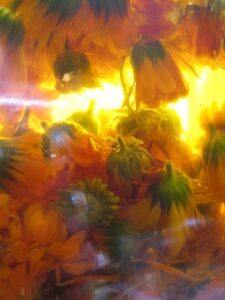
This beautiful herb of the Sun is widely used as an all-purpose healer. It is rich in resins which, in part, give it its anti-inflammatory, anti-fungal, antibacterial and antiviral properties. The flowers are also a rich orange colour and are extremely softening for all skin types.
- Fill jar with dried calendula petals and cover with oil of your choice (olive, almond, vegetable etc.)
- Leave on a sunny window sill for a month
- Strain out flowers and place oil back in cleaned jar
Comfrey herb of Saturn – connective tissue restorative
A plant of the Boraginaceous (borage family) with cucumber tasting leaves Comfrey, so well-known and common especially amongst gardeners, needs little introduction. Such a famously good healer for connective tissue (ligaments and tendons) and bones that it has the folk name of “knit bone”. It works well for any bruising or deeper tissue damage, for rheumatism and arthritis. The name comfrey is thought to be from the Latin ‘confervere’ which means to grow together.
Making Comfrey hot Infused Oil
Comfrey is normally a Spring harvest. The juicy, watery leaves are at the height of their potency as they burst forth in the spring after the dormancy of the winter. These new growth leaves are collected to make a hot infused oil using a Bain Marie. The bowl of the Bain Marie is filled with almond oil and comfrey leaves. The water underneath is gently simmered being careful not to heat the oil too intensely. The oil must never boil or you will be left with deep fried comfrey leaves! 6-8 hrs of gentle heat and the pale golden almond oil turns deep dark green and the leaves become crispy and dry. Then the oil is strained through a muslin carefully not letting any plant material filter into the oil, then bottled and stored in glass bottles or jars for future use.
These are all skills we share on our Apprenticeship courses
